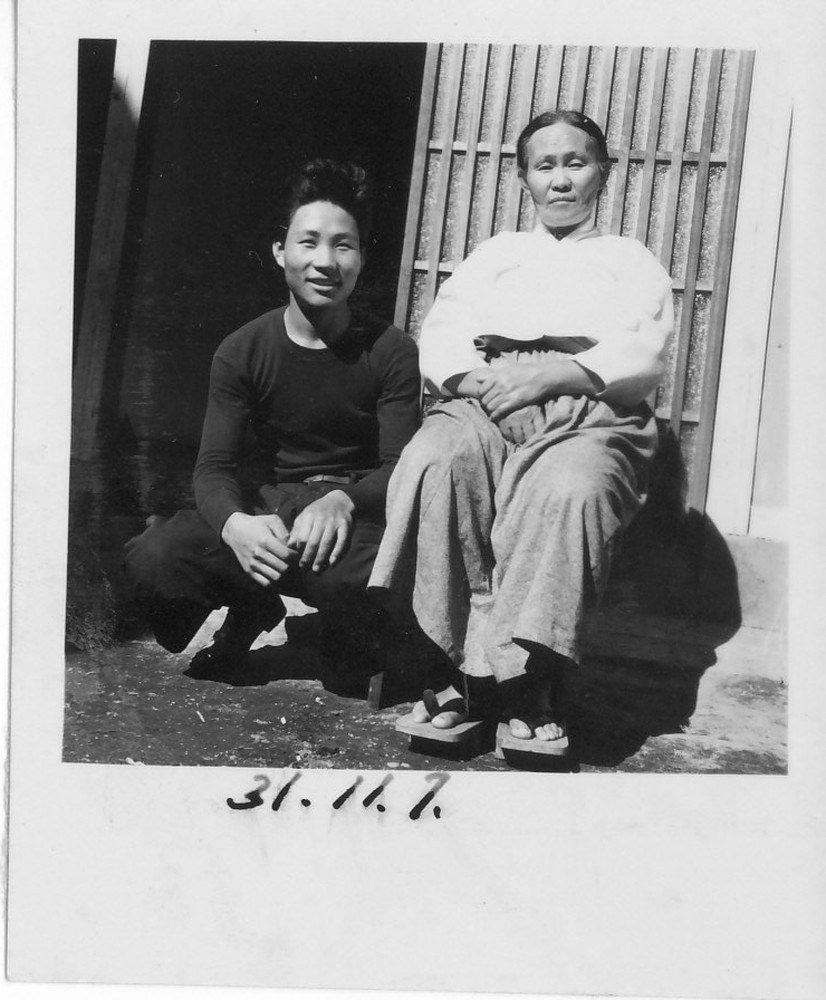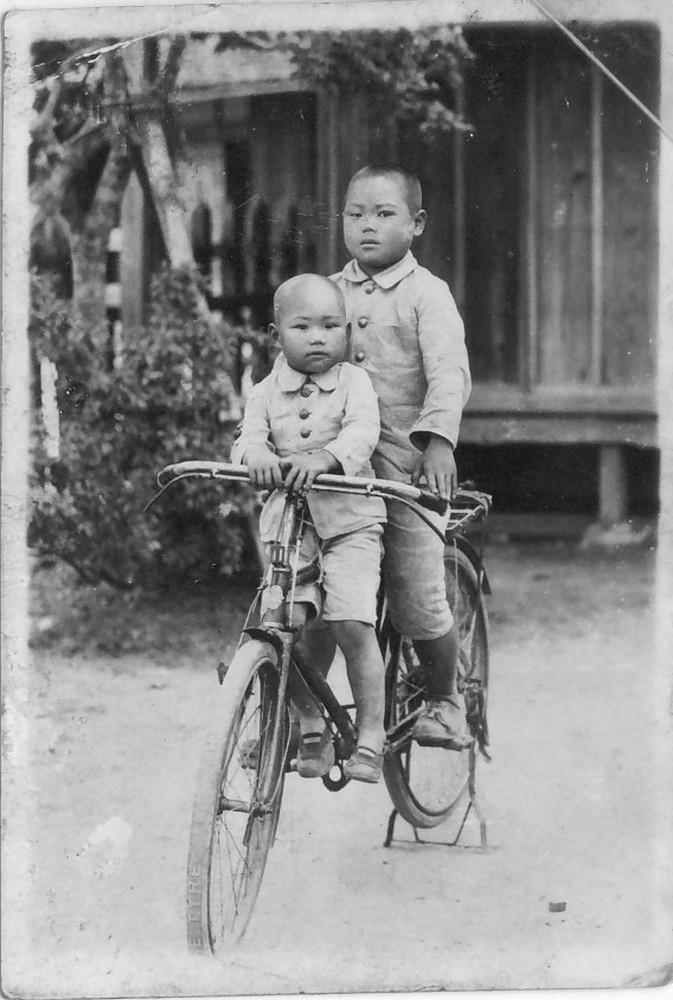Lee Jong-keun
"Don’t stay silent!"--Raise your voice!
1. My parents moved to Japan from Korea
My father, Lee Hakki, and my mother, Tei Tenho, were famers in a small village in a mountainous area of Puk Cyeon-myong, Hadong-gun, Gyeongsangnam-do in Korea. I heard that they had been rather affluent.
In 1910, Korea was annexed and colonized by Japan. Even before that, a lot of Japanese people immigrated to the Korean peninsula, and the immigration accelerated after the annexation. It is said that there were 700,000 to 900,000 Japanese living in the Korean Peninsula at the end of the war in 1945. Under Japanese rule, farmers were forced to offer a large part of their crops that they produced to the government. The Japanese government also enacted the Land Survey Law, where farmers who hadn’t officially registered their land had their land requisitioned, and they were employed as peasants. Also, a lot of artworks were looted by Japanese people.
Japanese people didn’t migrate to such a small village where my parents lived, but some of those who migrated to a bit bigger town nearby came to their village accompanied by policemen to steal pigs and chickens. Villagers couldn’t protest because the policemen carried sabers. In those days, people used pots called yogan made of celadon or Dehua porcelain as toilet bowls putting one pot in each room. Every household had several of them. After using them, they washed and then dried them in the barns. Japanese people stole those pots. They might have thought that they were expensive. Of course, people couldn’t chase the robbers or get the pots back. Since those pots were only sold on market days, people were in trouble due to lack of them.
The life of my parents was gradually reduced to poverty, and my father decided to get a job in Japan. In 1920, leaving his wife and daughter behind, he came to Hikimi, Mino-gun, Shimane Prefecture (present Masuda City). Before then, my parents lost a boy and a girl who was a twin of my sister. About 2,000 Korean people lived in Hikimi, mainly burning charcoal. After his life settled down in Hikimi, he sent for his wife and daughter in 1925.




